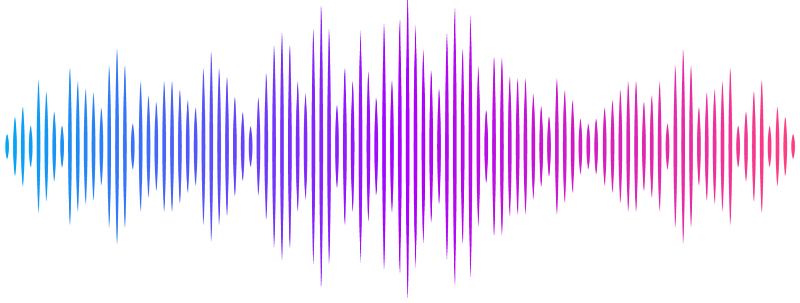Structural diversity of mitochondria in the neuromuscular system across development

Structural diversity of mitochondria in the neuromuscular system across development
Bae, J. A.; Choi, M.-k.; Ahn, S.; Ko, G.; Choe, D. T.; Yim, H.; Nguyen, K. C. Q.; Hall, D. H.; Kim, J. S.; Lee, J.
AbstractAs an animal matures, its neural circuit undergoes alterations, leading to changes in both neuronal morphology and the connectivity between neurons. However, less is known about the mitochondrial structure changes across development to facilitate these changes, while mitochondria are highly dynamic organelles related to neuronal development. Here, we attempt to answer this question with a model organism C. elegans using 3D electron microscopy (EM). We developed semi-automated methods for reconstructing mitochondria in C. elegans EM images using deep learning. Consequently, we collected mitochondria reconstructions from normal reproductive stages and dauer, enabling comparative study on mitochondrial morphology and spatial organization within the neuromuscular system across different stages. We have identified that the mitochondria structural properties in neurons are correlated with synaptic properties. Neuronal compartments have distinct roles, leading axonal mitochondria to differ morphologically from dendritic mitochondria. We tested this by analyzing behavior in animals with a mutation in drp-1, required for proper mitochondrial fission, confirming that compartment-specific mitochondrial morphology is vital for effective functioning of synapses. Given that these functions are essential throughout development, the structural properties of mitochondria are preserved across development. We report that dauer inter- and motor neurons, predominantly cholinergic and glutamatergic, show distinctive mitochondrial structure and increased mitochondria density. In addition, mitochondria in dauer body wall muscles exhibit distinctive reticulum-like structure. We propose that the stage-specific mitochondrial structure observed in C. elegans dauer may constitute an adaptive mechanism to support stage-specific behavioral and physiological characteristics.